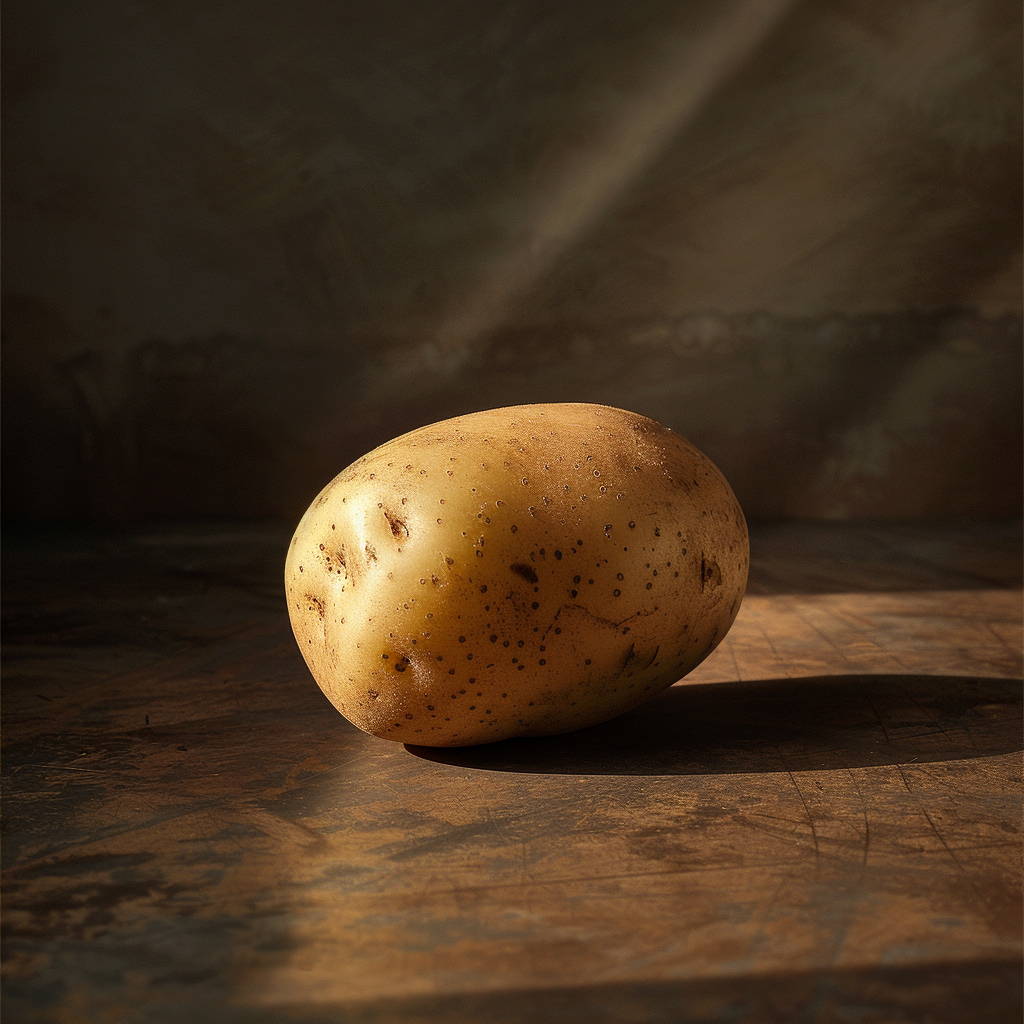Potatoes, the humble staple food most of us grew up with, are actually quite fascinating! For example, did you know that there are over 5,000 varieties? And that you can survive on just potatoes and milk for long periods of time? That’s because potatoes have almost all the vitamins you need and plenty of carbs, while milk contains protein, amino acids, and vitamins A and D.
So if you thought potatoes are “just carbs” you’re wrong! Here are some more intriguing and fun facts about potatoes.
Potatoes in Space
Possibly because potatoes have done more to eradicate hunger than most other plants (it has more food value per acre than any other planted crop), it was the first seed to be grown in space in 1995 on the spaceship Columbia.
Potatoes Aren’t Roots, They’re Tubers
Potatoes are often bunched together with root vegetables, like carrots, beets, turnips, rutabaga, and parsnips. But potatoes are not root vegetables. They are tubers (tubers are like nutrient containers for plants). And while you might never have considered eating your pretty orchids, many orchids also provide edible tubers (and in the case of vanilla—an edible pod).
Many tubers from the morning glory family are also edible, sweet potatoes being among them. So while sweet potatoes are tubers, they don’t belong to the same family of plants as the potato, which is a nightshade. And what was thought to be the world’s largest potato (found in New Zealand) turned out to be the tuber of a gourd!
Swedish Names for Potatoes
On the topic of nightshades, as mentioned earlier, one name given to the potato in Sweden was Peruviansk Nattskatta. It seems like the potato inspired quite a few different names in Sweden over the years, including Jordhpäror, Peruviansk Natskatta, Tartufeler, Tartuffler, Jordpäron, Potatoes, Potatoesväxt, Potatos, Töffel, Töffler, Potater, Poteter, Potäter, Potatoer, Päron, Potates, Potet, Potat, Potatäs, Potät, Pantoffler, Jordäplen, Potatis, Potater, Jordpära, Potaten, Pär, Pära, Potata, Knoler, Toler, Noler, and Batata.
Swedes Eat a Lot More Potatoes Than the Average Man
Did you know that Swedes eat on average 50 kg potatoes per person per year? In the rest of the world, the average is 33.3kg. While we may eat a lot of potatoes, the largest potato known of to date is around 5 kgs.
Potatoes Can Be Poisonous
You might know that green potatoes are poisonous—they contain solanine. However, if you cut away the green parts you’ll be fine, as that’s where the most amounts of solanine are stored, given you don’t consume too much.
Some wild potatoes are poisonous even if they aren’t green (they contain solanine and tomatine). To get around this, the guanaco and vicuña in South America lick clay before eating potatoes. The poison then sticks to the clay and passes through the animals’ stomachs without getting absorbed in the intestine. Activated charcoal works in the same fashion, which is why it’s often administered when people accidentally ingest poison.
Humans learnt from the llama like animals who were munching potatoes, and dunked their potatoes in a sauce made from water and edible clay (not all clays are good for eating!) before eating them. While humans started growing less poisonous varieties of potatoes over time, some of the older and more poisonous varieties are still in fashion in Bolivia and Peru today (they’re very frost tolerant) and you can buy clay powder if you wish to eat them!
Gnocchi and Chuño
As you probably know the Italians make gnocchi from potatoes, flour, and egg, but in South America they make a gnocchi like food called chuño. This includes no flour or egg—just potato. So how do they turn it into something resembling gnocchi? They put potatoes outside on fields to freeze them on cold nights, then defrost and dehydrate them during the day (in the Andes where these are traditionally made, the shift in temperature during night and day is extreme). Repeating this process for about three days and nights, they end up with a squiggly blob.
Sounds appetizing?
No.
But if you squeeze the water out (which traditionally is done by gathering the potatoes in piles on a field and “dancing” on them—similar to grape pressing in Europe!) you end up with a smaller and harder version. This is then either sundried directly, or washed and sundried. And when cooked it resembles gnocchi. This is the food that fed Incan armies as it can be kept for years (even decades) without going bad. It doesn’t even need a refrigerator as this way of treating the potato is actually a natural way of freeze drying it!
Consider the famines in Europe that could have been prevented if people had had access to chuño!
Potato Flowers as a Fashion Statement
Perhaps thanks to the aforementioned Monsieur Parmetier who wanted to inspire the people to plant potatoes Marie Antoinette is rumored to have worn potato flowers in her hair and her hubby, Louis XVI wore one in his buttonhole, which led to it being en vogue in France. Before everyone lost their heads, that is.
